Grow Lavender for a Stunning & Aromatic Garden
Learning how to grow lavender from seed or cuttings is a rewarding endeavour for any gardener. Lavender is a versatile and fragrant perennial herb known for its stunning purple blooms, silvery-green foliage, and numerous applications in aromatherapy, culinary creations, and medicinal uses. In this comprehensive guide, we will cover everything you need to know about how to grow lavender, from planting the seeds to caring for the plants and enjoying the fruits of your labour.
Lavender Varieties
Explore some popular lavender varieties to find the perfect fit for your garden. Each variety offers unique characteristics, from fragrance to bloom colour and hardiness:
- English Lavender (Lavandula angustifolia): This classic variety is known for its sweet fragrance, deep purple flowers, and cold hardiness. Popular cultivars include ‘Hidcote,’ ‘Munstead,’ and ‘Royal Velvet.’
- French Lavender (Lavandula dentata): Characterized by its toothed leaves and pale purple flowers, French lavender thrives in warmer climates and is not as cold-hardy as English lavender.
- Spanish Lavender (Lavandula stoechas): With its distinctive “rabbit ear” petal formations and dark purple blooms, Spanish lavender adds a unique touch to any garden. It prefers warmer climates and is less cold-hardy than English lavender.
- Lavandin (Lavandula x intermedia): A hybrid of English and Portuguese lavender, lavandin varieties boast high oil content and strong fragrance. Popular cultivars include ‘Grosso,’ ‘Provence,’ and ‘Super.’
- Portuguese Lavender (Lavandula latifolia): Known for its camphor-like scent and long, narrow leaves, Portuguese lavender is less cold-hardy than its English counterpart but is valued for its essential oil production.
By considering factors such as climate, desired fragrance, and bloom colour, you can choose the ideal lavender variety to enhance your garden and enjoy the many benefits this enchanting herb has to offer.
A Step-by-Step Guide on How to Grow Lavender
- Choose the Right Lavender Seeds: To begin, select the appropriate lavender variety for your region and garden conditions. Some popular choices include English lavender (Lavandula angustifolia), French lavender (Lavandula dentata), and Spanish lavender (Lavandula stoechas).
- Timing is Everything: The best time to plant lavender seeds is in early spring after the last frost has passed and soil temperatures have warmed up. Alternatively, you can start the seeds indoors 8-10 weeks before your area’s last expected frost date.
- Prepare the Seeds: To increase germination rates, it’s recommended to stratify lavender seeds. Place them in a sealed plastic bag with dampened sand or peat moss and refrigerate for 2-4 weeks prior to planting.
- Planting the Seeds: Sow lavender seeds on the soil surface, gently pressing them down without covering them. Seeds typically germinate within 14-28 days, depending on temperature and moisture conditions.
How to Plant Lavender
- Choose the Right Location: When learning how to plant lavender, selecting a location with full sun exposure is important, as lavender plants require at least 6-8 hours of sunlight daily. Lavender also prefers well-draining, sandy or loamy soil with a pH between 6.0 and 8.0.
- Spacing and Planting: Space the plants 18-24 inches apart to ensure proper air circulation and room for growth. Dig a hole twice the size of the root ball, place the lavender plant in the hole, and backfill with soil, ensuring the top of the root ball is level with the soil surface.
Lavender Plant Care
- Watering: Water your lavender sparingly, allowing the soil to dry out between waterings. Overwatering can lead to root rot and other problems. Lavender is drought-tolerant, so it’s better to underwater than overwater.
- Fertilization: Lavender plants generally do not require fertilizer. However, if your soil lacks nutrients, you can apply a slow-release, balanced fertilizer in the spring.
- Pruning: Regular pruning helps maintain the shape and size of your lavender plants and promotes healthy growth and abundant blooms. Prune your lavender plants in late summer or early fall, after the blooming period, by removing spent flower stalks and cutting back about one-third of the plant’s height.
How to Grow Lavender in Pots
- Select the Right Container: Choose a pot with adequate drainage holes and a suitable size for the mature lavender plant. A container that is at least 12-16 inches in diameter and depth is ideal.
- Planting: Fill the container with a well-draining potting mix, ensuring that the top of the root ball is level with the soil surface. Lavender plants grown in pots may require more frequent watering than those planted in the ground, but be careful not to overwater.
- Location: Place the pot in a location that receives at least 6-8 hours of sunlight daily. If you live in a colder climate, consider moving the container indoors during winter to protect the lavender plant from freezing temperatures.
- Maintenance: Regularly prune and deadhead your potted lavender plants to encourage healthy growth and abundant blooms. Fertilize your container-grown lavender sparingly, using a slow-release, balanced fertilizer in the spring if necessary.
Harvesting Lavender
Harvesting at the right time and using the correct techniques will ensure that you capture the full potency of the plant’s aromatic oils. Here are the steps involved in harvesting lavender:
- Choose the Right Time: The optimal time for harvesting lavender is when the flowers are in full bloom, typically from late spring to early summer, depending on the variety and climate. Harvesting during this period ensures that the plant’s essential oils are at their peak concentration, resulting in the most fragrant and potent lavender.
- Morning Harvest: When considering how to harvest lavender, it’s essential to note that the best time of day is in the morning, after the dew has evaporated but before the day’s heat sets in. This helps to preserve the plant’s essential oils and maximize the fragrance of your harvested lavender.
- Tools and Techniques: To harvest lavender, you will need a pair of sharp, clean pruning shears or scissors. Grasp a handful of lavender stems, and cut them approximately 2-3 inches above the woody base of the plant, ensuring that you leave some green foliage on the plant to promote regrowth. Be sure to harvest only the healthy stems, avoiding any that show signs of damage or disease.
- Drying and Storing Your Lavender: After harvesting your lavender, it’s essential to dry the stems and flowers to preserve their fragrance and extend their shelf life. To do this, bundle the stems together with a rubber band or twine, and hang them upside down in a dry, dark, and well-ventilated area. Allow the lavender to dry for 2-3 weeks or until the flowers are completely dry and brittle to the touch. Once dried, you can store the lavender in an airtight container, such as a glass jar, away from direct sunlight and heat.
Lavender Companion Plants
Companion planting is an excellent way to create a diverse and healthy garden ecosystem. When it comes to selecting lavender companion plants, consider plants that share similar growing conditions and offer additional benefits such as attracting pollinators or repelling pests. Here are some popular companion plants for lavender:
1. Roses (Rosa spp.): Lavender and roses make a visually stunning and fragrant combination. Both plants thrive in well-draining soil and full sun, and the lavender’s scent helps to deter aphids, a common pest for roses.
2. Herbs:
- Sage (Salvia officinalis): Sage is a drought-tolerant herb that shares similar growing conditions with lavender, making it an ideal companion. The strong scent of both plants can help repel pests.
- Thyme (Thymus spp.): Thyme is a low-growing, sun-loving herb that works well as a ground cover around taller lavender plants. The two plants share similar soil and sunlight preferences.
Related Links: How to Grow Thyme: The Ultimate Guide
3. Perennials:
- Yarrow (Achillea millefolium): Yarrow is a hardy perennial with feathery leaves and clusters of flowers that attract beneficial insects. The plant’s drought tolerance and preference for well-draining soil make it an ideal companion for lavender.
- Echinacea (Echinacea spp.): Also known as coneflowers, these sun-loving perennials not only add a splash of colour to the garden but also attract pollinators and can help boost the overall health and productivity of your garden.
4. Grasses:
- Ornamental Grasses: Blue fescue (Festuca glauca) and other ornamental grasses can add contrasting texture and colour to a lavender garden. Their low water requirements make them suitable companions for drought-tolerant lavender plants.
5. Vegetables:
- Onions (Allium cepa) and Garlic (Allium sativum): Both onions and garlic are known to deter pests such as aphids and spider mites, which can benefit lavender plants. They also share similar sunlight and well-draining soil requirements.
By incorporating a variety of lavender companion plants in your garden, you can create a visually appealing and ecologically balanced environment that promotes the health and productivity of all your plants.
Common Questions Answered
How Much Sun Does Lavender Need?
Lavender plants require a minimum of 6-8 hours of sunlight daily to thrive. Full sun exposure helps the plants produce abundant flowers, improves the fragrance of the blooms, and contributes to the overall health and vigour of the plants. If you live in a region with particularly hot summers, consider providing your lavender plants with some afternoon shade to protect them from the scorching heat.
When Does Lavender Bloom?
Lavender typically blooms from late spring to early summer, with the exact timing depending on the specific variety and climate. Some lavender varieties, such as English lavender, may have a second, smaller bloom in the late summer or early fall. To encourage the most abundant and fragrant blooms, providing your lavender plants with the right growing conditions, including proper sunlight, well-draining soil, and adequate pruning, is essential.
Lavender Benefits and Uses
This fragrant herb boasts a multitude of benefits and uses that extend to health, beauty, and daily life. In this section, we’ll explore lavender health benefits, lavender essential oil benefits, and its advantages for skin and hair care, while also discussing various uses of lavender and lavender oil.
Lavender Health Benefits: The soothing aroma of lavender promotes relaxation, reduces stress, and improves sleep quality. Incorporate lavender essential oil into your aromatherapy practice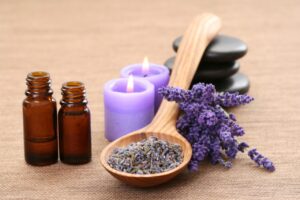
Lavender Essential Oil Benefits: Lavender oil is valued for its antimicrobial and anti-inflammatory properties. It can help soothe skin irritations, promote wound healing, support immune function, and improve respiratory health when used in aromatherapy.
Lavender Benefits for Skin: The anti-inflammatory and antimicrobial properties of lavender make it ideal for treating skin conditions like acne, eczema, and psoriasis. Its antioxidant effects also protect the skin from environmental damage and signs of aging.
Lavender Benefits for Hair: Incorporate lavender into your hair care routine to maintain a healthy scalp, reduce dandruff, and stimulate hair growth. Its calming scent also helps alleviate stress, which may contribute to hair loss.
Uses of Lavender:
- Aromatherapy: Use lavender essential oil in diffusers or dried flowers in sachets to promote relaxation and improve sleep quality.
- Culinary: Add lavender to sweet and savory dishes for a distinctive floral flavor.
- Medicinal: Apply lavender oil for pain relief, wound healing, and soothing skin irritations.
- Home care: Create natural, fragrant cleaning solutions or air fresheners with lavender oil.
Lavender Oil Uses:
- Skincare: Mix lavender oil with a carrier oil to treat acne, eczema, or sunburn.
- Hair care: Add a few drops of lavender oil to your shampoo or conditioner for a healthy scalp and hair growth.
- Pain relief: Blend lavender oil with a carrier oil for a soothing massage to alleviate sore muscles and inflammation.
- Sleep aid: Use lavender oil on your pillow, in a warm bath, or as a topical application to promote better sleep.
In conclusion, lavender offers an array of benefits and uses in health, beauty, and daily life. From aromatherapy and skincare to home care and culinary applications, lavender and lavender oil are versatile additions to your well-being routine.
Caution: This article on lavender uses is for informational purposes only and not a substitute for professional medical advice. Consult a healthcare professional before making changes to your routine. If you experience adverse reactions or have concerns about using lavender, seek medical guidance.
External Link Resources: WebMD Lavender – Uses, Side Effects, and More.
Conclusion
By following these guidelines on how to grow lavender from seed, lavender plant care, and how to care for lavender, you’ll be well on your way to cultivating a beautiful, fragrant, and thriving lavender garden. In addition to the visual appeal of lavender’s stunning blooms, you can also enjoy the plant’s numerous uses in aromatherapy, culinary creations, and medicinal applications.
Remember to give your lavender plants the sunlight they crave, be mindful of their water needs, and prune them regularly to maintain their health and appearance. Whether you’re growing lavender in the ground or learning how to grow lavender in pots, these tips will ensure that your garden is filled with the enchanting scent and sight of this beloved perennial herb.
External informative Resources:

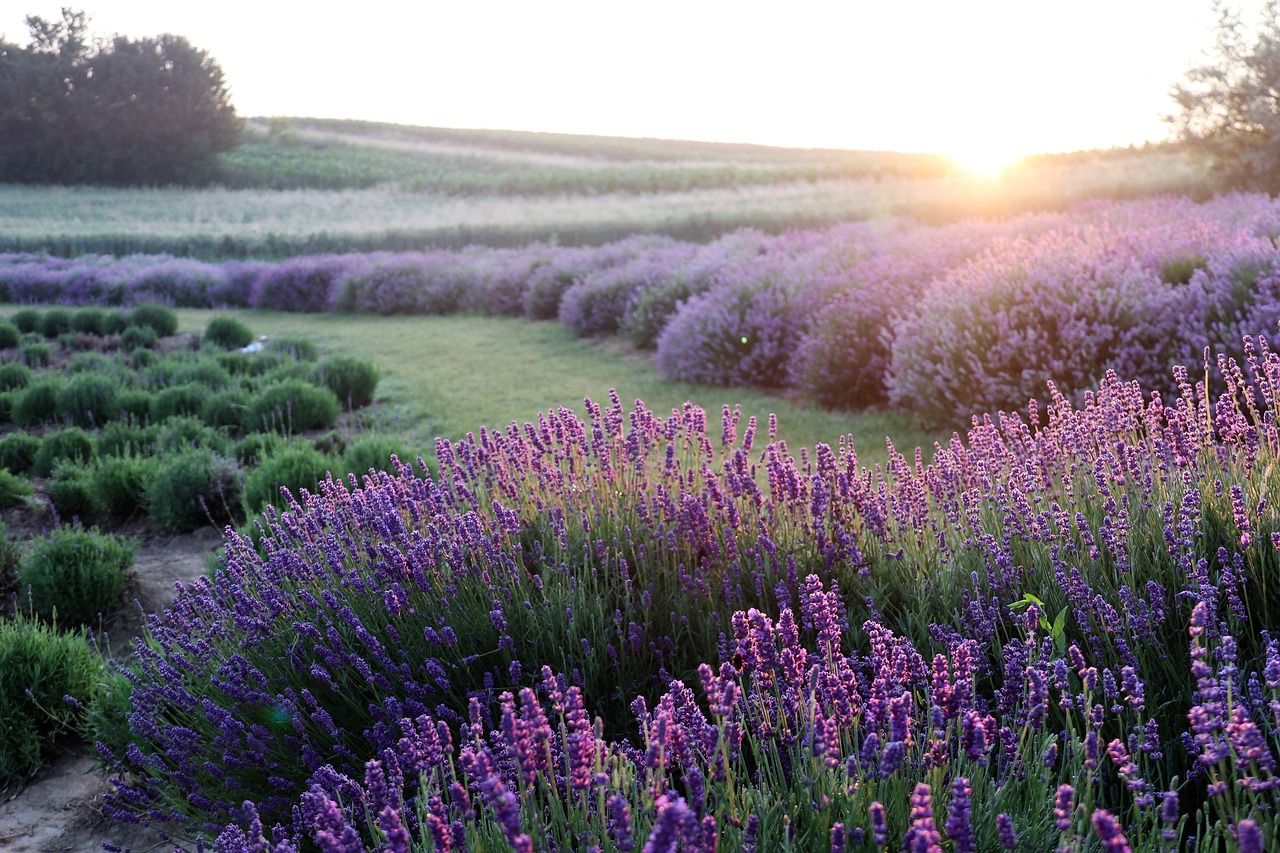
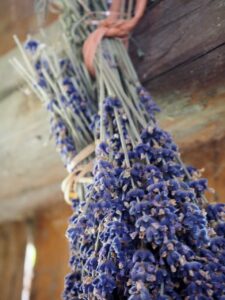
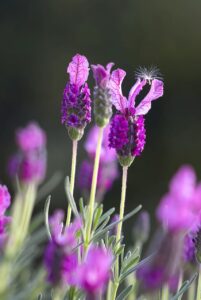
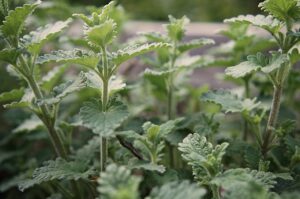
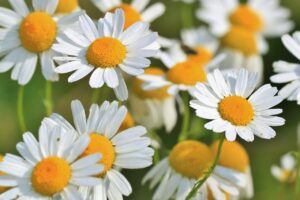
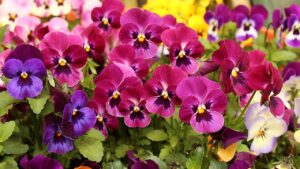
I have zero problem starting lavender frin seeds indoors ir out. I live in South Central Texas. I have plenty of heat and light. The problem occurs when seedlings get about 2 in tall w some starting true leaves. They just die. It’s a slow process. I’ve done over 200 seeds this summer. I estimate around 90% germinated. I used a quality seed starter mix. About 50 I did indoors w a grow light and same results. At same time I’ve planted a few hundred pepper plants of different varieties. About same percentage germinated w nearly all living. Any suggestions would be appreciated.